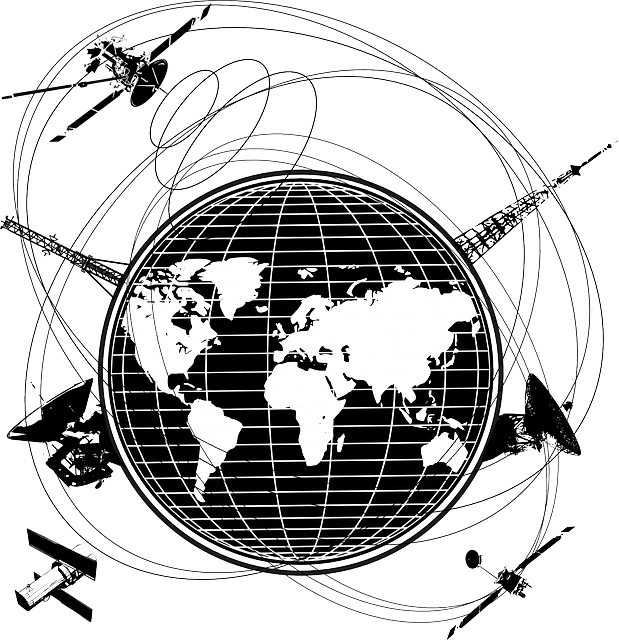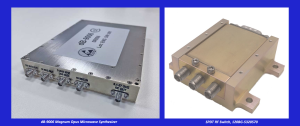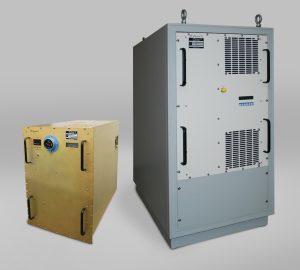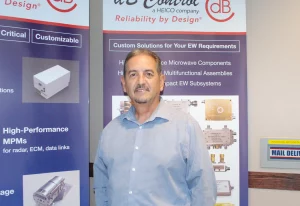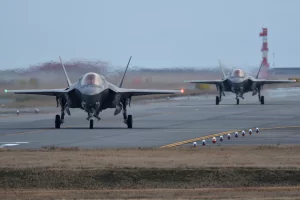by Marcelo Ramos, Vice President of Engineering for RF Sources/Receivers, dB Control
When designing electronic warfare (EW) equipment—in this case, radar simulation systems—or any other defense-focused project, the aim of preserving lives makes your principal concern system effectiveness. To achieve this end, you require test equipment you can trust to be both accurate and reliable, even in adverse conditions. This article examines the challenges faced by EW system engineers in testing the effectiveness of their designs—in terms of technical demands, in-house capability, and, of course, cost.
Radar Simulation Challenges
Radar simulation systems, comprising RF sources and/or receivers, depending on the application, must perform to an exacting minimum standard if they are to definitively prove the field-worthiness of EW systems. Transmitter frequency set-on time must be as fast as possible and frequency needs to be as stable as possible over the entire operational and temperature range, as well as across a wide bandwidth. A common demand is a set-on time of 1 microsecond (μs) and the frequency held within 1 millisecond (ms).
Similarly, receivers must measure frequency accurately, as fast as possible, while maintaining a stable frequency over the entire operational and temperature range, as well as across a wide bandwidth. Normally, one must (at least) measure within 100 nanoseconds (ns) with an accuracy of one megahertz (MHz). Of these two test elements, greater challenges are encountered with the transmitter due to testers’ desire for an ever-faster signaling time (even faster than 1 μs).
Test systems can be built in-house by companies in need, but often know-how or resources are lacking. . .
Continue reading the article here.

